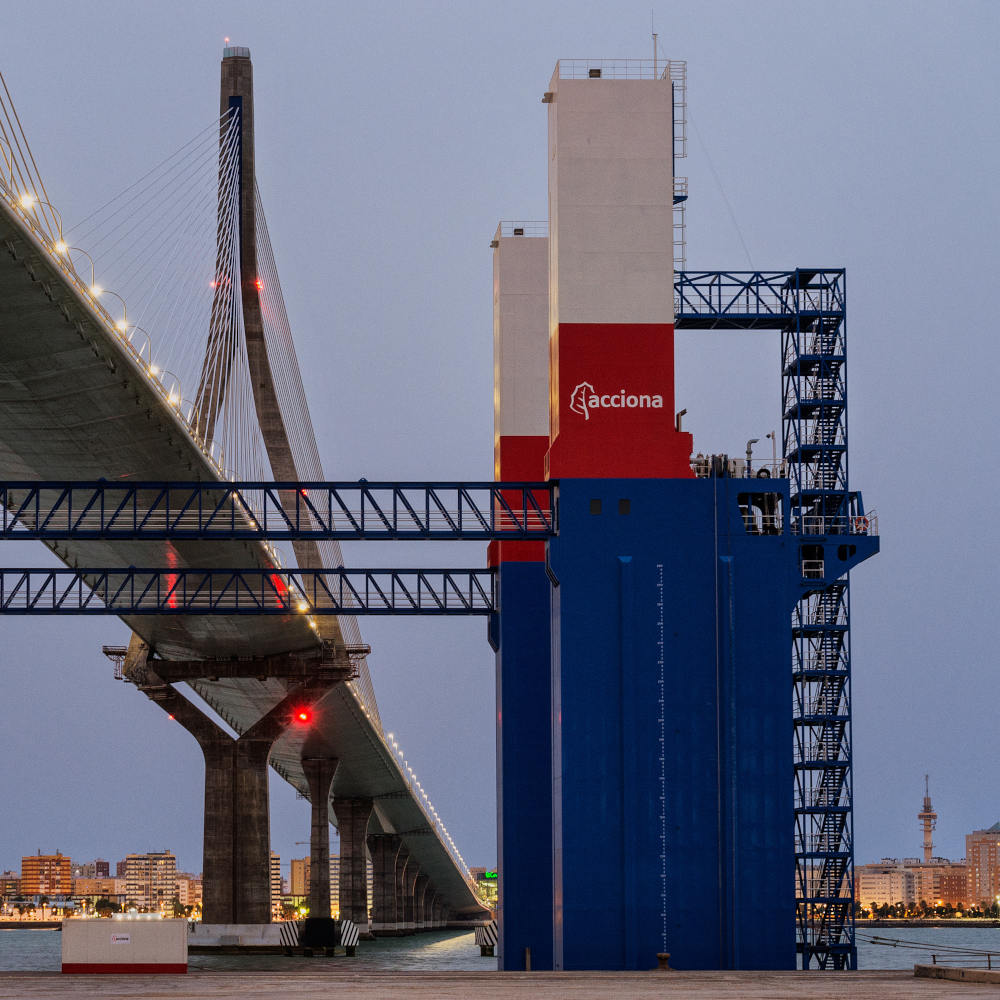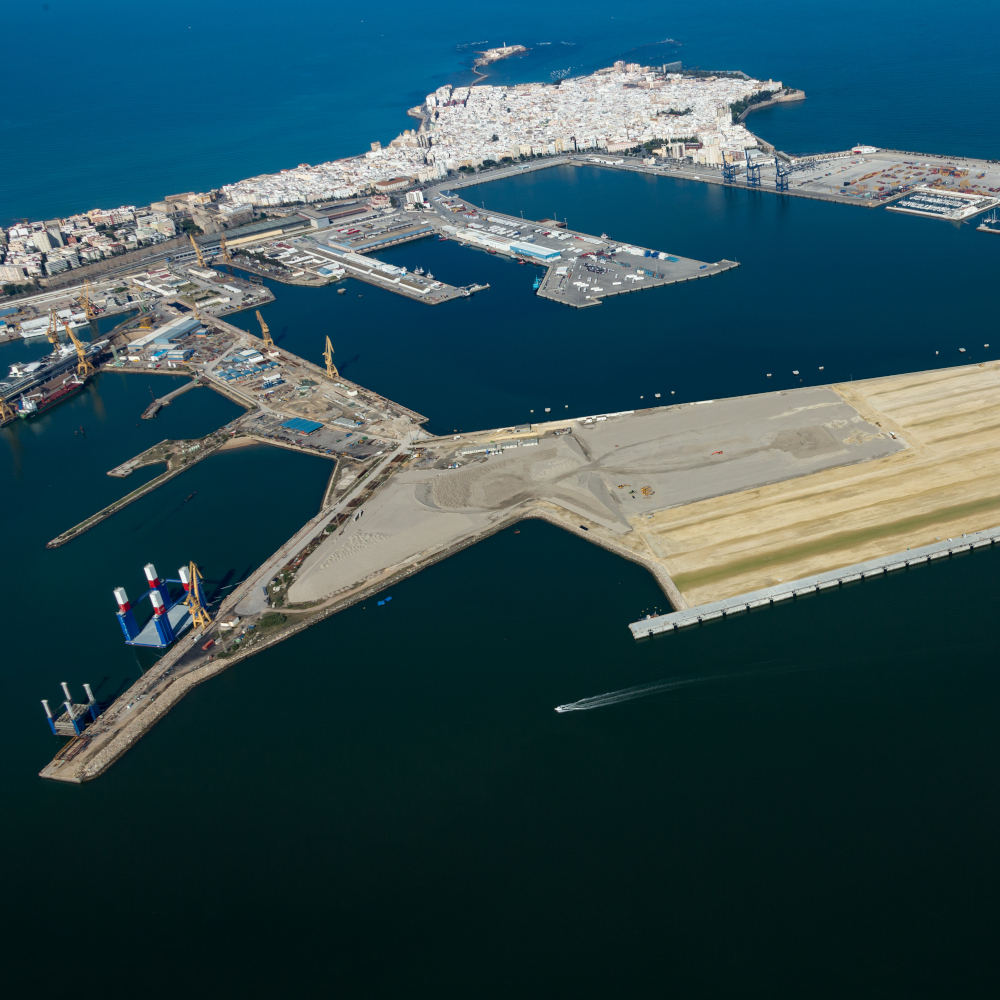Concrete has a history of over two thousand years, dating back to the Romans’ use of a similar material known as opus caementicium. Its durability, versatility, and ease of transportation make it a challenging material to replace, especially in large infrastructure projects like bridges and tunnels where it is essential. However, the production of concrete has a significant downside – its manufacturing process is energy-intensive, especially in the creation of clinker, a key component. This raises the question: Is it possible to produce a greener, more sustainable version of concrete? Progress in this area is already in motion, with experimental techniques and proven methods offering various ways to reduce emissions. This article delves into:
What is clinker
Clinker is a crucial element in cement production, and cement, in turn, is an essential component of concrete. It is produced by heating a precise mixture of raw materials – primarily limestone (calcium carbonate) and clay – at extremely high temperatures, typically between 1,400 and 1,500 degrees Celsius.
During the heating process in a rotary kiln, the raw materials undergo chemical reactions, producing small gray pellets or nodules known as clinker. These nodules contain the primary compounds that give cement its binding characteristics: calcium silicates and aluminates.
Once cooled, clinker is ground into a fine powder and mixed with a small amount of gypsum to create cement. Gypsum controls the cement’s setting time when it is combined with water. The most commonly used cement in construction is Portland cement, derived from this process.
Clinker production is responsible for significant carbon emissions. About one-third of CO₂ emissions stem from the extensive energy consumption during the calcination and grinding processes, while the remaining two-thirds result from the chemical decarbonation of limestone during production.
Three strategies to lower concrete’s carbon footprint
Several methods are currently being implemented to create low-emission green concrete. Alongside recycling initiatives, the following three approaches are considered among the most impactful:

- Substitution of clinker with alternative materials. One of the most common solutions involves replacing clinker with materials such as fly ash or blast furnace slag. While this substitution is not complete, it significantly reduces emissions compared to traditional concrete. The complete elimination of clinker is possible through the use of geopolymers, though this technology remains in its early stages.
- Functional concretes that absorb carbon dioxide. Research is being conducted into concretes capable of absorbing CO₂ throughout their lifespan. This is achieved through compounds like mineral admixtures, which capture atmospheric carbon dioxide, or by injecting CO₂ into the concrete during production, allowing the gas to be stored within the material.
- Concretes using bio-aggregates. The incorporation of organic materials, from agricultural waste to coffee grounds, helps produce lighter concretes with enhanced thermal properties. This innovation reduces the carbon footprint of buildings constructed with these materials.

A green concrete project at the Port of Cádiz
Cádiz, the oldest continuously inhabited city in Europe, has long used locally sourced materials such as oyster stone—formed from mollusk shells—in its buildings. Now, an eco-friendly alternative is taking center stage in a major construction project at the city’s port, which once welcomed Phoenician ships from the Mediterranean.
More than 48,000 tons of green concrete will be used to construct the pier at the Port of Cádiz’s new Container Terminal. The material, named ECOPLANET III/A 42.5 N/SRC, cuts CO₂ emissions by 27% by incorporating blast furnace slag, which reduces the amount of clinker required. This concrete not only lowers environmental impact but also enhances durability and reduces the need for maintenance. The massive “kugira” caissons made from this innovative concrete will allow the quay esplanade to double in size to 1,100 square meters in a more sustainable way.
If you are curious about other sustainable building materials beyond green concrete and want to stay updated on the latest innovations in construction technology, be sure to subscribe to our newsletter at the bottom of this page.
Source:






